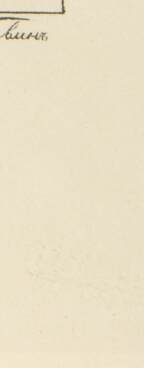The art collection of the State Pushkin Museum features a lithograph titled “Svyatogorsky Monastery, ” created by Pavel Alexandrovich Alexandrov, based on a drawing by Ilya Stepanovich Ivanov, in 1837. The lithograph includes a dedication that reads,
Svyatogorsky Monastery
The Hannibals and the Pushkins, who resided for a long period of time in the vicinity of this monastery, <…> acquired the exclusive right to be buried near it. A number of their tombs are depicted in the painting, including the tomb of the most renowned of our poets, Alexander Sergeyevich Pushkin, which is marked with a large, black cross, near the altar wall of the church.
During his exile between 1824 and 1826 at Mikhailovskoye, Alexander Pushkin studied materials from the archive and library of the Svyatogorsky Monastery (Svyatye Gory Monastery) for his historical drama, “Boris Godunov”. The poet also enjoyed visiting the local fairs that were held for patronal feasts, during which he listened to vivid and imaginative vernacular, which was later reflected in the characters of “Boris Godunov”.
Alexander Sergeyevich Pushkin was born on May 26, 1799 in Moscow and died on January 29, 1837 in St. Petersburg.
Other members of the Hannibal-Pushkin family were buried there as well: Pushkin’s grandfather, Osip Abramovich Hannibal (1744–1806), grandmother, Maria Alekseyevna Hannibal (1745–1818), mother, Nadezhda Osipovna Pushkina (1775–1836), and father, Sergey Lvovich Pushkin (1767–1848).



